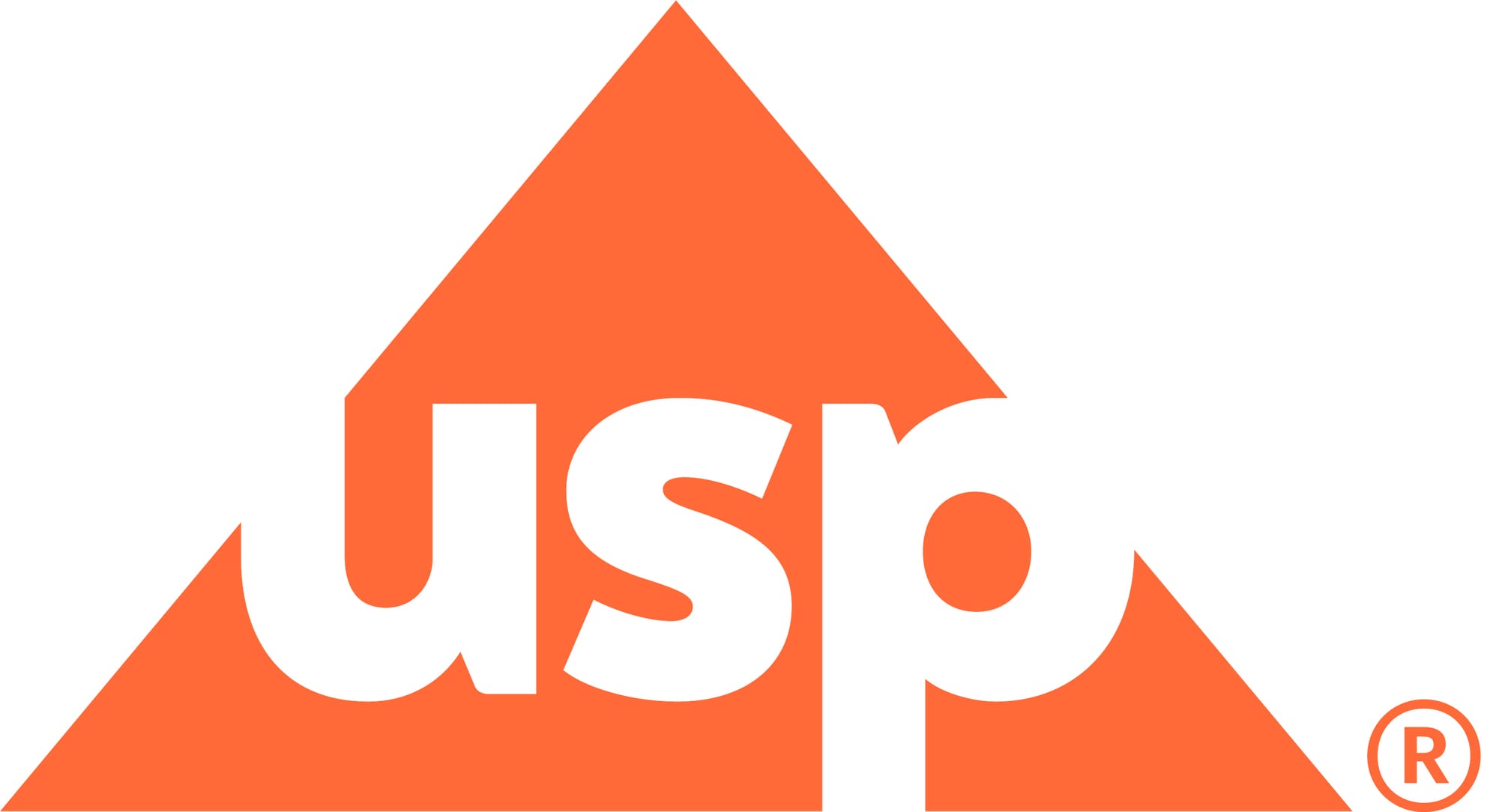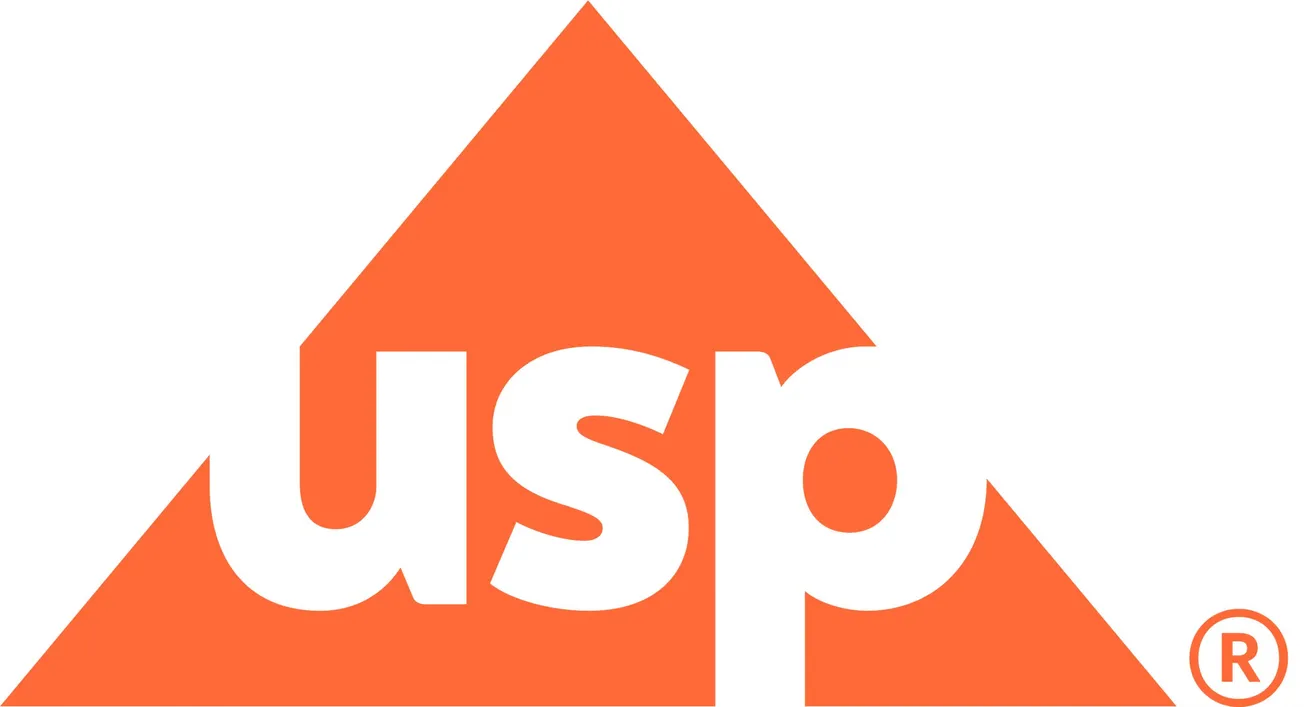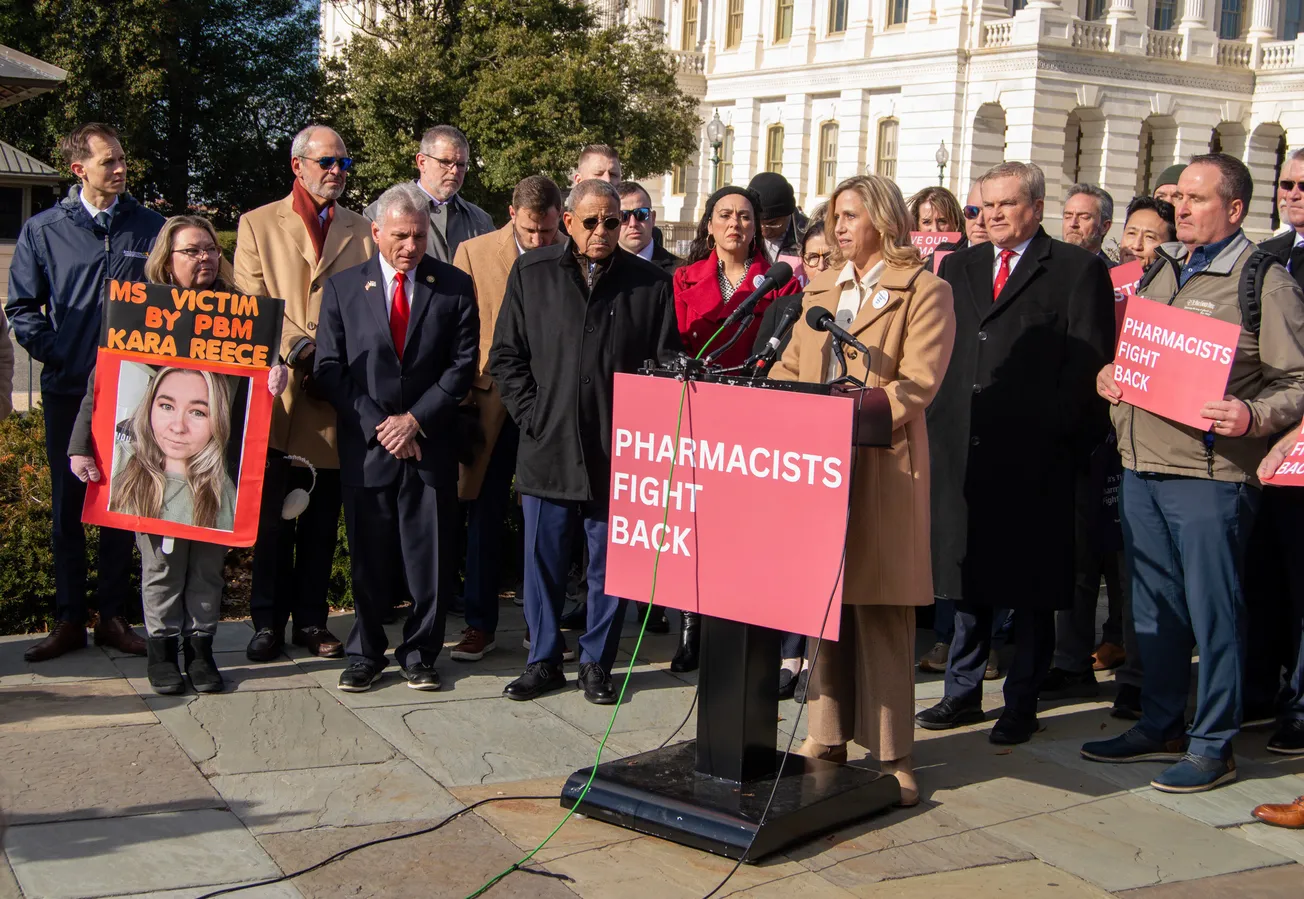ROCKVILLE, Md. — The U.S. Pharmacopeia (USP) released its inaugural Drug Shortage Report today that shows drug shortages in the United States persisted over the past decade, exposing market vulnerability and repercussions that impact patient care. The report, encompassing trends up to the end of 2023 in the United States, reveals that shortages are lasting longer—the average drug shortage lasts for over three years compared to about two years in 2020—and impacting a wide range of therapeutic classes. More than half, 53 percent, of new drug shortages were generic sterile injectable medicines.

“As we navigate the complex landscape of drug shortages, it is paramount to shift the market into a stable state,” said Anthony Lakavage, senior vice president for Global External Affairs at USP.
“Economic pressures, especially the very low prices that generics manufacturers recover for many medicines, along with contracts that are frequently broken, have left our generic medicine supply chain fragile. Unexpected shocks can break the system and disrupt the supply of quality medicines. This worrisome trajectory leads to more frequent drug shortages, prolonged scarcity, and more people at risk of not getting the medicines they need, when they need them.”
Leveraging USP’s Medicine Supply Map (MSM), a tool that uses artificial intelligence and predictive analytics to identify, characterize, and predict risk in the complex medicine supply chain, the report sheds light on four factors that singularly, or in combination, can leave a drug more vulnerable to shortage:
- Low prices: Drug products, commonly older generics, with low prices have a higher risk of drug shortage. USP’s analysis shows that in 2023, product discontinuation increased by 40 percent in one year, from 100 drug products in 2022 to 140 in 2023, suggesting tightening margins forced manufacturers to tap out of the market. It also reveals that the average price of sterile injectable medicines in shortage was nearly 8.5 times lower than those not in shortage.
- Manufacturing complexity: Drugs with higher manufacturing complexity, such as sterile injectables, are more vulnerable to shortage. Manufacturing complexity can also be seen in certain therapeutic classes–such as certain antibiotics needing dedicated facilities–and in certain active ingredients that require complex chemical synthesis.
- Geographic concentration: Drugs in which the active pharmaceutical ingredient (API) and/or finished dose are made in a single or few locations are more susceptible to shortage.
- Quality concerns: Quality-related issues that surface in regulatory agency inspection outcomes and manufacturer recalls can also inform drug shortage risk but must be used along with other information to be meaningful.
“Quality comes at a price,” said Vimala Raghavendran, vice president for Informatics Product Development at USP.
“The economics of generic drugs often leave manufacturers with razor-thin margins, making it challenging to prioritize investment in modern machinery or to elevate standards of quality. Without sufficient profitability, the cycle of innovation and improvement becomes difficult to sustain.”
USP calls for market and policy solutions that address both short-term and long-term needs and include risk mitigation strategies, public and private investment and partnerships, payment reform to reward reliability and manufacturing quality, coordination and accountability. In collaboration with other organizations, USP signed onto a collective call to action to mitigate and prevent drug shortages.
For more information on USP’s efforts to mitigate drug shortages and improve the resiliency of the medicine supply chain, visit our website. You can find the USP Drug Shortage Report here.







